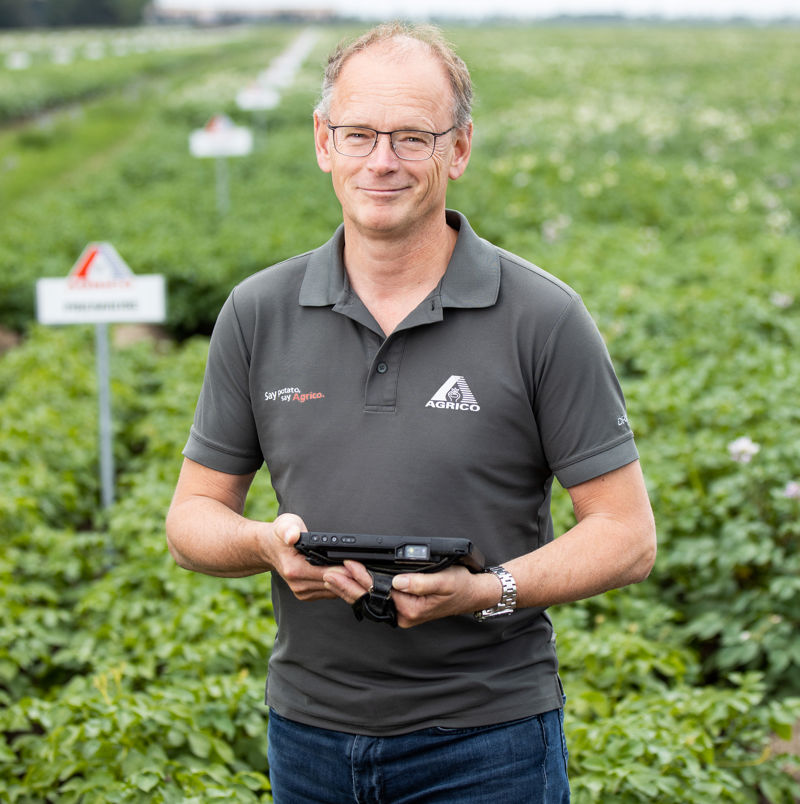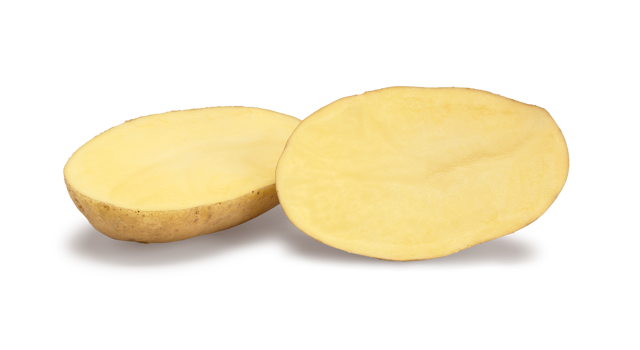Twinner
Early yielding ware potato variety for conventional and organic cultivation, resilient to late blight in foliage and tuber.
- Large tubers
- Beautiful appearance
- Rather firm cooking

Product manager Gerdien Poppe about Twinnerr
Product manager Gerdien Poppe explains the features of Twinner. An early yielding ware variety with late blight resistance in foliage and tuber. Both retailers and growers are fond of this new Next Generation member.
Would you like to know more about the Twinner?
The best way to guarantee a good harvest and the best return on your investment is to start out with healthy, high-quality seed potatoes and expert advice. At Agrico, we are committed to and invest in knowledge and research. This has enabled us to cultivate a wide range of unique potato varieties that display effective resistance, strong variety characteristics and a high yield. Naturally, the seed potatoes we supply are fully certified.
If you have any specific questions about the Agataor would like to know what Agrico can do for you with respect to varieties, please feel free to contact us.




